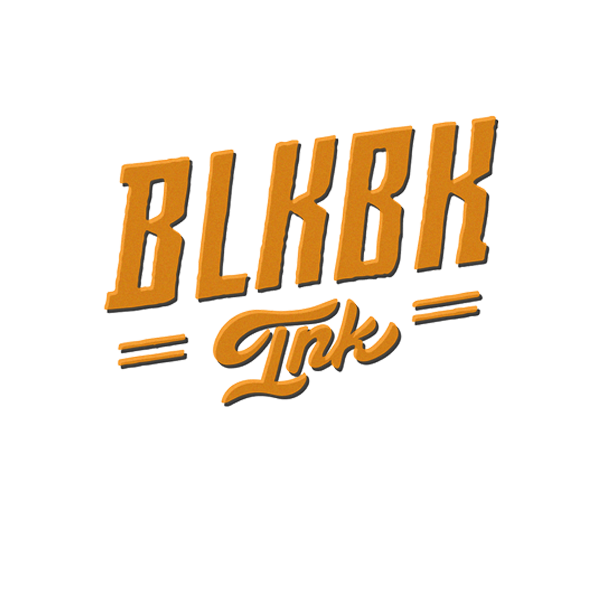How printing came to America: the English route
Establishing Plymouth Colony was a rugged affair—a two-month crossing of the North Atlantic followed by a brutal New England winter that killed almost half the settlers. For all that, less than 20 years later, the settlers had settled in well enough that they had time to question the Hebrew translations in the books of psalms they’d brought from England. This was an educated group, and for all the hardship of their journey, it was a journey lubricated and realized by letters.
The colony survived. Not only that, it grew, attracting enough Puritan settlers that thirty of them could work on their own translation of the psalms. Soon, they had created their own book of psalms—or, rather, they would have, if they had a printer. Reverend Jose Glover provided, finding their man in Stephen Daye, an English locksmith. Glover offered a contract to take Daye and his family to America. In return, Daye would work as a printer to the value of £51.

On their way to America, Rev. Jose Glover died. The contract with Stephen Daye did not. Daye made it to America with an assorted and incomplete set of Romans and Italics, and two years later he’d printed the first English book in America: The Bay Psalms Book.
You may have noticed that Stephen Daye was a locksmith, not a punchcutter or typesetter. His inexperience with the trade—not to mention his idiosyncratic collection of type—was obvious in The Bay Psalms Book. It was not a great example of typography or printing, but its creation was a great feat. Only two hundred years early, creating a single book would have required significant labour from a whole monastery. Daye made 1700 copies of The Bay Psalms, without a scribe in sight.
All because he was bound by a contract with a dead man.

That Glover’s contract survived to deliver Daye to Plymouth Colony was deeply characteristic of the colony's origins. Even at the start of the 17th century, creating a colony was a serious bureaucratic and commercial endeavour. Between securing financing, purchasing ships, and getting King James’ charter for their corporation, they could have papered their way to America. Except that when they left Europe, they didn’t actually have the charter.
In lieu of that document, when the settlers—a mixed group of Puritans and tradesmen—reached America, they created their own ruling document, a handwritten agreement entailing limited democracy and respect for each other’s differences. Without any grand statements on the kind of society they wanted to create, it was a fundamental statement on the kind of society they were voluntarily and pragmatically entering into—the kind of statement that, in document form, would grow into a constitution.
The central role of documents in the English colonies of America would have a profound impact on the country that would emerge in their place, founded on guarantees of liberty and democracy, enthusiasm for commerce, and a concept of private property so stringent that it even extended over other people. Their culture, born and conceived entirely in the printer’s epoch, was about to demonstrate the magnificence of words outliving their speaker. They would create a government of documents that would survive, and therefore allow them to replace, their rulers.
Just over a century later, the American colonists would have the chance to do exactly that. Replacing the king of England with an independent government called for another document. The United States Declaration of Independence was printed immediately after its approval by congress, using a Caslon font (ironically, Caslon’s letters were dedicated to the same king the declaration declared independence from) and rapidly distributed. But in a display of reverence for the ancient art of letters, the most iconic version of the Declaration was handwritten on parchment. The president of congress added his endorsement with an elaborate flourish of cursive writing. There was still no replacement for the truth in the human hand.

Next issue, we take a closer look at that iconic signature. In it, we'll see how script rewrote its role in the story of letters.
